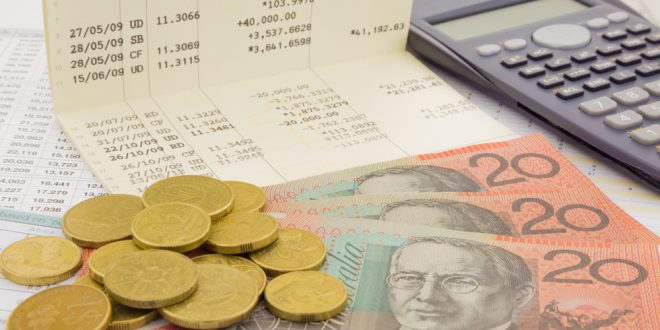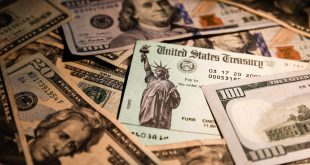The Australian Dollar (AUD) is rising across the board against major currencies, supported by the recent decision and policy statement by the Reserve Bank of Australian (RBA).
As expected, the RBA maintained its main rate at 0.25%, a historically low rate, which aims to curb the effects of the COVID-19 crisis.
The RBA has not only kept its monetary policy unchanged, but it has vowed to maintain the accommodative approach as long as it is required.
Furthermore, the policy statement noted that the economic downturn is not as severe as early expected, despite the RBA Governor Philip Lowe noting that Australia’s economy was experiencing its biggest contraction since the 1930s.
Last month, Lowe said in his annual speech to the Anika Foundation that Australia has now turned the corner, which means that the Australian economy has passed that worst phase of the downturn.
However, Lowe warned that the recovery could be bumpy, with some challenges expected to remain down the road.
The RBA is now forecasting economic activity to decline by 6% in 2020, according to a statement from the central bank’s governor.
“As Australians deal with the coronavirus, the economy is being supported by the substantial, coordinated and unprecedented easing of fiscal and monetary policy.”
“The Australian Government’s recent announcement that various income support measures will be extended is a welcome development and will support aggregate demand.”
“Government bond markets are functioning normally alongside a significant increase in issuance.”
The Aussie’s biggest gains came against the British Pound (GBP), as the AUD/GBP surged by 0.57%.
Against the Euro, the Aussie is up by 0.29%.
Meanwhile, the AUD is up against its Canadian and New Zealand counterparts by 16% and 0.41%, respectively, and the Japanese Yen (JPY) and the US Dollar (USD) by 0.25% and 0.42%, respectively.
 Noor Trends News, Technical Analysis, Educational Tools and Recommendations
Noor Trends News, Technical Analysis, Educational Tools and Recommendations





